How women led the way to save the wildlife of a Hawaiian island
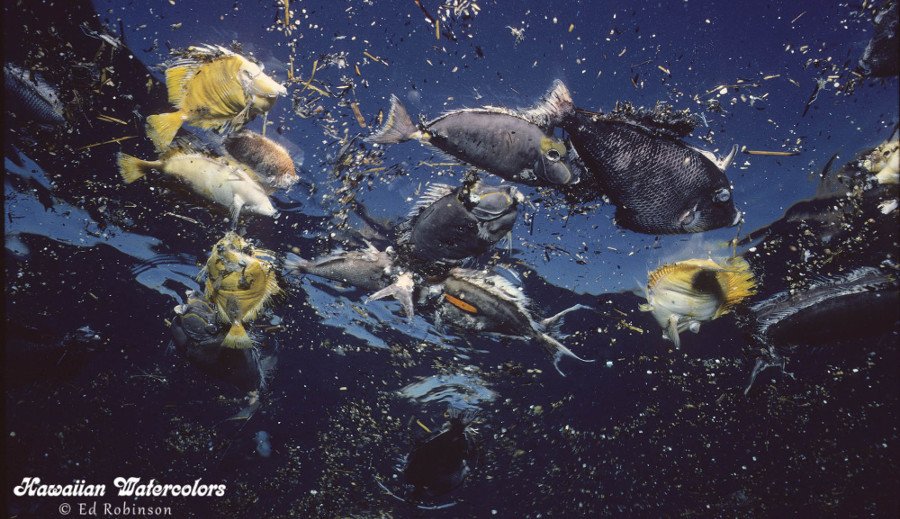
How a group of determined women took on the state government to protect the marine life of a Hawaiian islet – and won.
A tiny Hawaiian island that’s a treasure trove for divers and conservationists was recently threatened by the US Navy’s decision to detonate two old WWII bombs, which had laid undiscovered at the bottom of the ocean for over 70 years. The detonations would have caused permanent damage to local sea life, but a grassroots campaign led by a group of female biologists, environmentalists and activists fought the decision, and won.
The islet of Molokini is just three miles off the coast of Maui, a distinctively crescent-shaped piece of land part of which is submerged under water. Uninhabited, it’s a paradise for divers, who venture here to swim among the thousands of rainbow-coloured fish and glistening coral reef. So precious is Molokini’s habitat that it’s been a protected sanctuary for marine life since 1977. Anchoring isn’t allowed, and before arriving visitors must sign a document stating they will neither feed the fish or tamper with anything underwater or on land.
Yet its remote location and lack of people are factors that have endangered it over the years. During WWII the islet was used for target practice by the US Navy, who dropped multiple bombs around Molokini and the surrounding area.
The explosions left deep craters with remnants of twisted metal, and bullets embedded deep into the outer cliffs. But further damage has been caused by the multiple bombs that didn’t explode, remaining dormant underwater until they were found by the Navy, who removed them by explosion. The most recent discovery are two unexploded devices found around 36 metres below sea level and almost completely buried in the sand, which the Navy decided they would detonate this summer.
Successive blasts in the 1970s and 80s have been catastrophic for Molokini’s wildlife. A 1975 explosion made a crater 15 feet across and 10 feet deep, with coral and fish dead within a radius of over 30 metres.
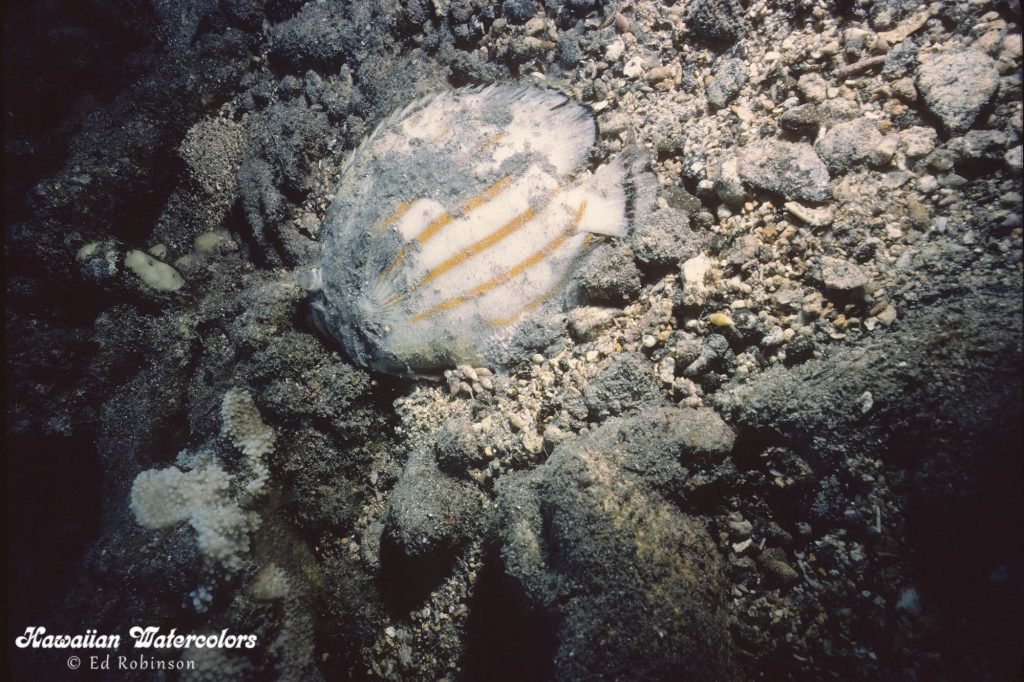
In 1984 the Navy did it again, but the consequences were even worse. More than 80 square metres of coral was blown up. Thousands of fish could be seen lying dead at the bottom of the sea and thousands more floated to the surface, attracting hungry sharks. The islet has never really recovered. “One of the craters they left with the detonation in 1984 pulverised the coral in the substrate and the corals all around” explains Hannah Bernard, Executive Director and co-founder of the Hawaii Wildlife Fund. “It’s soft like powder, and corals can’t recolonise because they need hard substrate. Thousands of fish were killed.”
We know that coral reefs are essential for marine life, providing an important ecosystem – thousands of species can be found living on one reef. Among other benefits they absorb waves, reducing coastal erosion and thereby limiting flooding from storms and hurricanes – the destruction of Australia’s Great Barrier Reef will be catastrophic for people living in coastal areas.
Yet despite clear evidence of the damage, the state’s Department for Land and Natural Resources (DLNR) decided to use detonation once again to remove the two items of ordnance. Moreover, noone in Hawaii’s local government or industries were consulted, with Hannah, local environmentalists and government representatives finding out about their intentions in the news.
“There was an announcement made last November, that there was a consideration for removal of this ordnance” Hannah explains. “It was in 2018 when the ordnance was brought to the attention of the Department of Health, which is the state agency that wanted to bring in the Navy. There has to be a state agency connection and obviously their concern is human health and safety. But the DNLR is also involved because this is a marine protected area, and one of the most important swimming tourist destinations.”
There are other ways to remove the ordnances without detonating them. The Cut and Capture system for instance uses waterjet technology to cut a whole into the device and remove its contents, developed to cause as little disturbance to marine life as possible; firing a high pressure jet of water at its wiring will also render it useless. If alternative methods are available that don’t cause damage to the environment, why persist with explosions?
Hannah says it’s a question of money, along with the depth of the devices making them less safe for human divers to work on. Additionally the Covid-19 pandemic means the area is closed to tourists and therefore no evacuation would be necessary. “I have no doubt that there was a certain sense of urgency dropped on everybody because of the opportunity that was provided by not having people there. The truth is that back when the Navy was proposing the last removal, people in the dive industry removed 14 bombs themselves. Now that we’ve put the spotlight on the situation, perhaps they could consider working together with private companies.”
Hannah explains that the campaign to stop the detonation took the mobilisation of many local people. “Our little hui [group] is made up of conservation organisations, the Hawaii Wildlife Fund, the tour operators, Victoria Martocci of the Malama Kai Foundation and biologist Pauline Fiene respectively. We put out a call to action with our Rep from South Maui Tina Wildberger, and then Ameera Waterford, who is a college student here, created a petition which received more than 200,000 signatures in four days. She got us a lot of attention, and our own activism got attention.”
“There were many people working behind the scenes too. I was contacted by our Kūpuna, our elders and practitioners who were saying that they were activating their networks, and we have no doubt that governor David Ige himself was contacted by numerous influential folks. It was the combination of a well-produced, well-researched alert and call to action that launched this campaign. Some people came to me after seeing Pauline’s blog on what was happening, wanting to be involved. We had key individuals, networkers and agents of change, and the word got out and our campaign went viral.”
In a letter responding to the campaign seen by NADJA dated July 14th from Suzanne D. Case, chair of the board of the DLNR,, she confirms the impact detonations would have on Molokini’s aquatic life. The Army has been requested to conduct a risk-assessment exercise, and while the letter falls short of confirming the bombs will not be detonated in the future, it does commit to pursuing less destructive options.
The campaigners’ initial feeling was one of triumph. “The response was so fast, and so willing, and we know the DNLR didn’t really want this alternative, it wasn’t their first preference” Hannah says. “But we believe that they needed the force of the community to give them the alternative direction. We’re cautiously optimistic now because they were willing to listen to the community. Hopefully this will also leverage additional financial support, because I have no doubt that is a component and it’s going to be more expensive to do it the way that will result in less environmental loss.”
“We’re living in unprecedented times and we just don’t know what the future holds, and funding is skewed by the response to COVID-19. We will be watching this closely to be sure that it proceeds with transparency and appropriate alternatives are considered.”
This isn’t the first time the Hawaiian community has led the way to tackle environmental damage. Coral bleaching caused by the rise in sea temperature and pollution is a major problem here. A chemical called oxybenzone contained in sunscreen has been identified as a big contributor to coral bleaching, and two years ago Hawaii became the first state to ban the sale of products containing oxybenzones, with local tour companies providing environmentally-friendly sunscreen to their passengers for free.
For more information visit Save Molokini Now
Leila Hawkins
[DISPLAY_ULTIMATE_SOCIAL_ICONS]

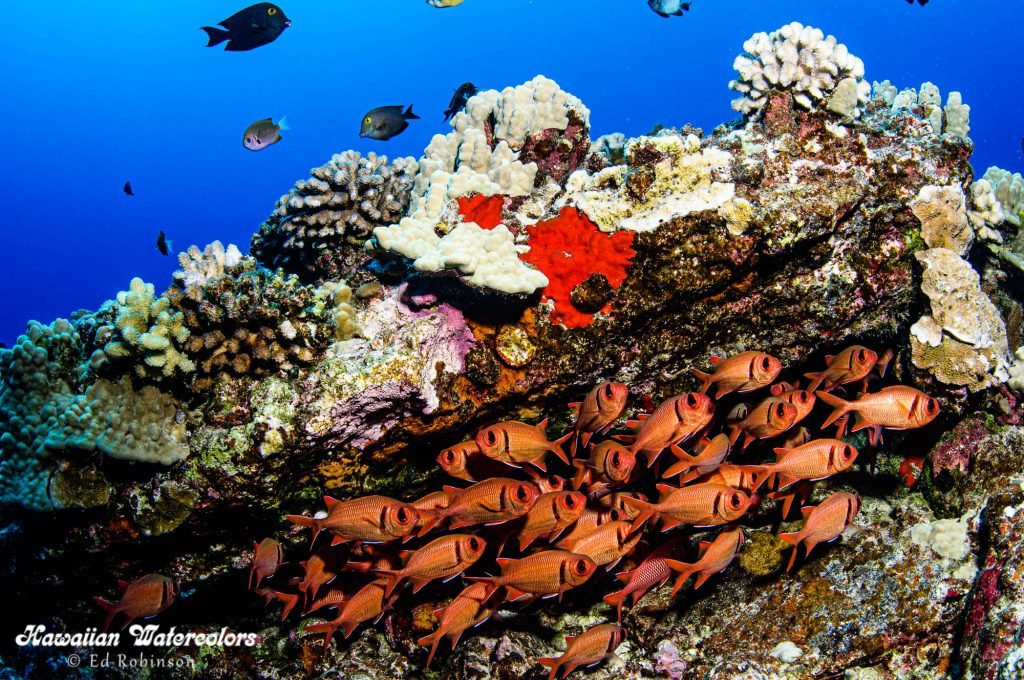
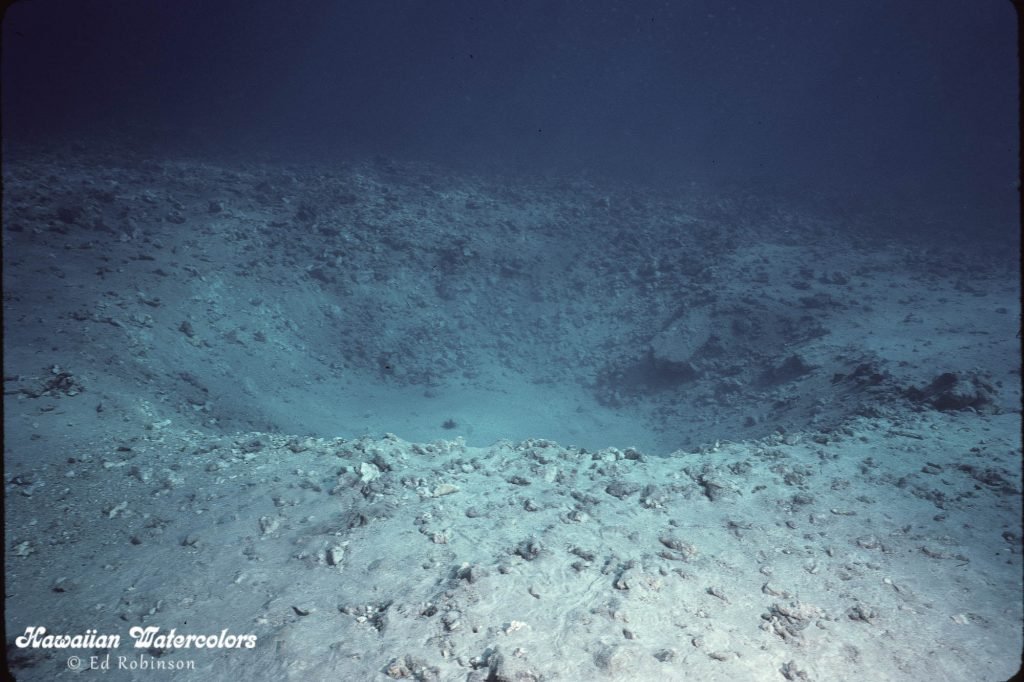

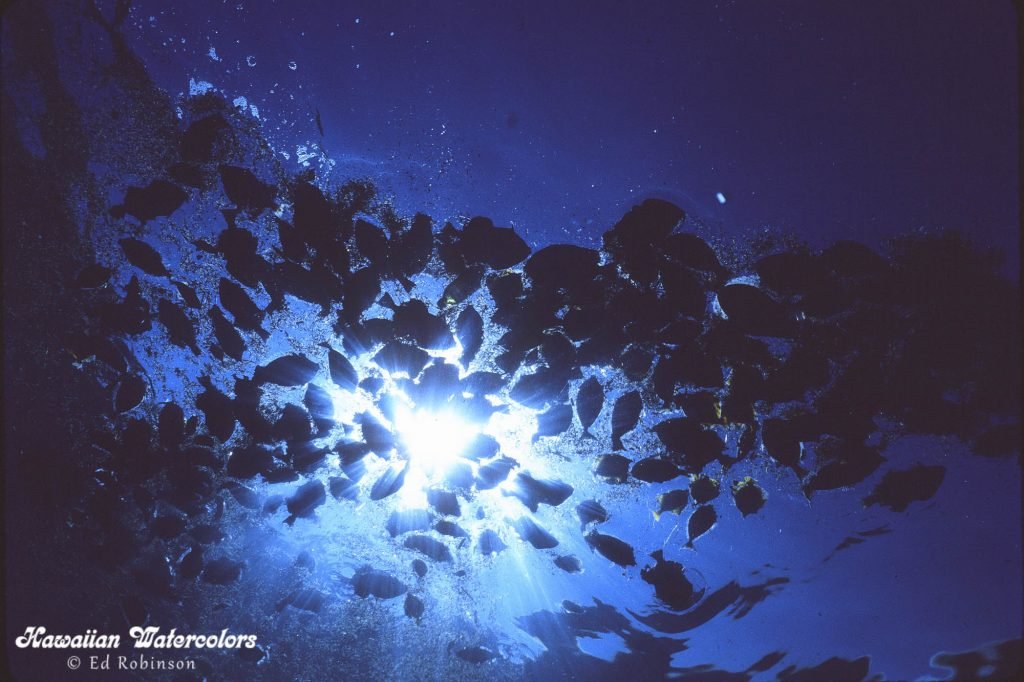
One thought on “How women led the way to save the wildlife of a Hawaiian island”